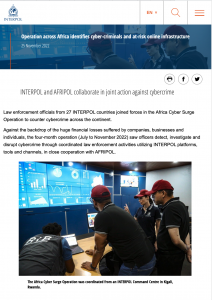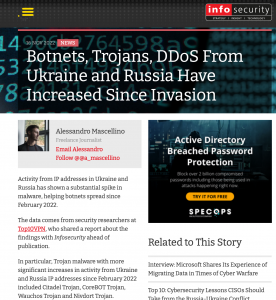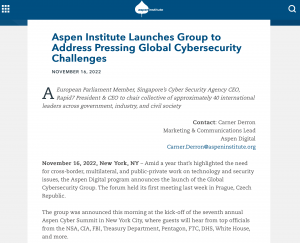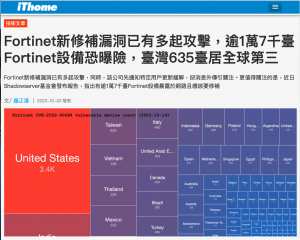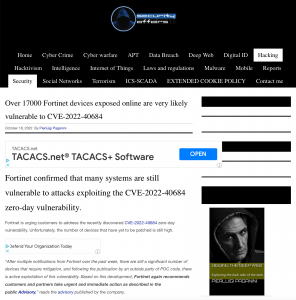Crackdown on African Cybercrime Leads to Arrests, Infrastructure Takedown
Interpol on Friday announced the arrest of ten individuals suspected of participation in $800,000 scam and fraud operations with global impact. The arrests were made as part of a four-month effort (July to November 2022) called ‘Africa Cyber Surge Operation’ and focused on countering cybercrime across Africa. According to Interpol, law enforcement from 27 countries joined the operation. Law enforcement agencies took action against over 200,000 pieces of malicious cyber infrastructure facilitating cybercrime across the continent, including botnets, phishing, spam, and online extortion activities. The operation received support from multiple private cybersecurity firms, including British Telecom, Cyber Defense Institute, Fortinet, Group-IB, Kaspersky, Palo Alto Networks, Shadowserver, and Trend Micro.




